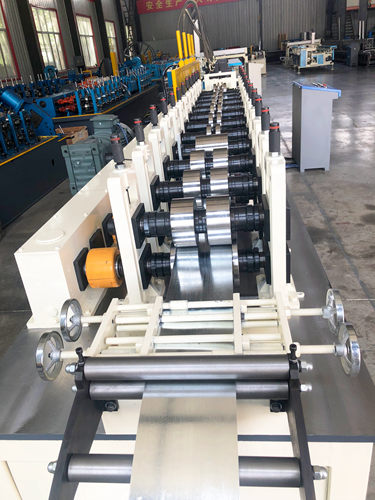
The Evolution and Importance of Welding Machines in Modern Manufacturing
Welding machines have become indispensable tools in modern manufacturing and construction, playing a pivotal role in assembling and fabricating metal structures and components. The evolution of these machines has significantly enhanced productivity, precision, and safety within various industries. This article explores the history, types, applications, and future trends of welding machines.
A Brief History of Welding
Welding, as a technique, dates back to ancient times when blacksmiths used the forge to join metal pieces through heat and hammering. However, the advent of modern welding techniques began in the late 19th century with the invention of arc welding. This revolutionary method utilized an electric arc to melt and fuse metals, greatly enhancing the efficiency of the welding process. Over the decades, various methods emerged, including gas welding, resistance welding, and, more recently, laser and electron beam welding. Each technique has contributed to the development of specialized welding machines tailored to diverse applications.
Types of Welding Machines
There are several types of welding machines, each designed for specific welding processes
1. Arc Welding Machines These machines generate an electric arc between an electrode and the workpiece. They are widely used due to their versatility and effectiveness. Common types include Shielded Metal Arc Welding (SMAW) and Gas Tungsten Arc Welding (GTAW or TIG).
2. MIG Welding Machines Metal Inert Gas (MIG) welding machines are designed for delivering a continuous wire feed during the welding process. This makes them ideal for producing clean and high-quality welds quickly, which is essential in automotive and fabrication industries.
3. TIG Welding Machines Tungsten Inert Gas (TIG) welding machines utilize a non-consumable tungsten electrode to produce the weld. They offer high precision and control, making them suitable for sensitive applications, such as aerospace and artwork.
4. Laser Welding Machines These advanced machines use high-energy laser beams to melt the materials at the joint, resulting in very precise and clean welds. Laser welding is increasingly popular in industries like electronics and medical device manufacturing due to its speed and accuracy.
5. Plasma Arc Welding Machines Plasma arc welding uses a plasma torch to create an arc, allowing for deep penetration and high-speed welding. This method is often used in heavy industrial applications.

Applications of Welding Machines
Welding machines are used in various sectors, including
- Construction In building infrastructure like bridges, skyscrapers, and roadways, welding machines are crucial for ensuring the strength and integrity of structural components. - Automotive Industry Welding plays a key role in manufacturing vehicles, with machines being used for everything from chassis assembly to aligning intricate parts. - Shipbuilding Welding is essential in constructing ships, where large metal sheets and components must be joined reliably to withstand harsh marine environments.
- Aerospace Precision welding machines are used to fabricate components for aircraft, where safety and reliability are paramount.
- Art and Design Beyond industrial applications, welding machines are used by artists and sculptors to create intricate metal artworks.
Future Trends in Welding Technology
The future of welding machines is poised for significant advancements. Automation and robotics are transforming the welding landscape, allowing for more efficient production cycles and minimizing human error. The integration of artificial intelligence (AI) into welding systems enables real-time monitoring and adjustment of welding parameters, improving the quality of the weld and reducing waste.
Additionally, the push for sustainability is influencing the development of eco-friendly welding processes and machines that minimize energy consumption and reduce emissions. Such innovations are essential in meeting increasing regulatory demands and public expectations regarding environmental responsibility.
Conclusion
Welding machines have undergone tremendous evolution over the years, becoming vital tools in various industries. Their ability to join metals efficiently and securely has ensured their continued relevance in manufacturing and fabrication processes. As technology advances, we can expect even more innovative welding solutions that will shape the future of construction, automotive, aerospace, and beyond, underscoring the vital role these machines play in modern society.